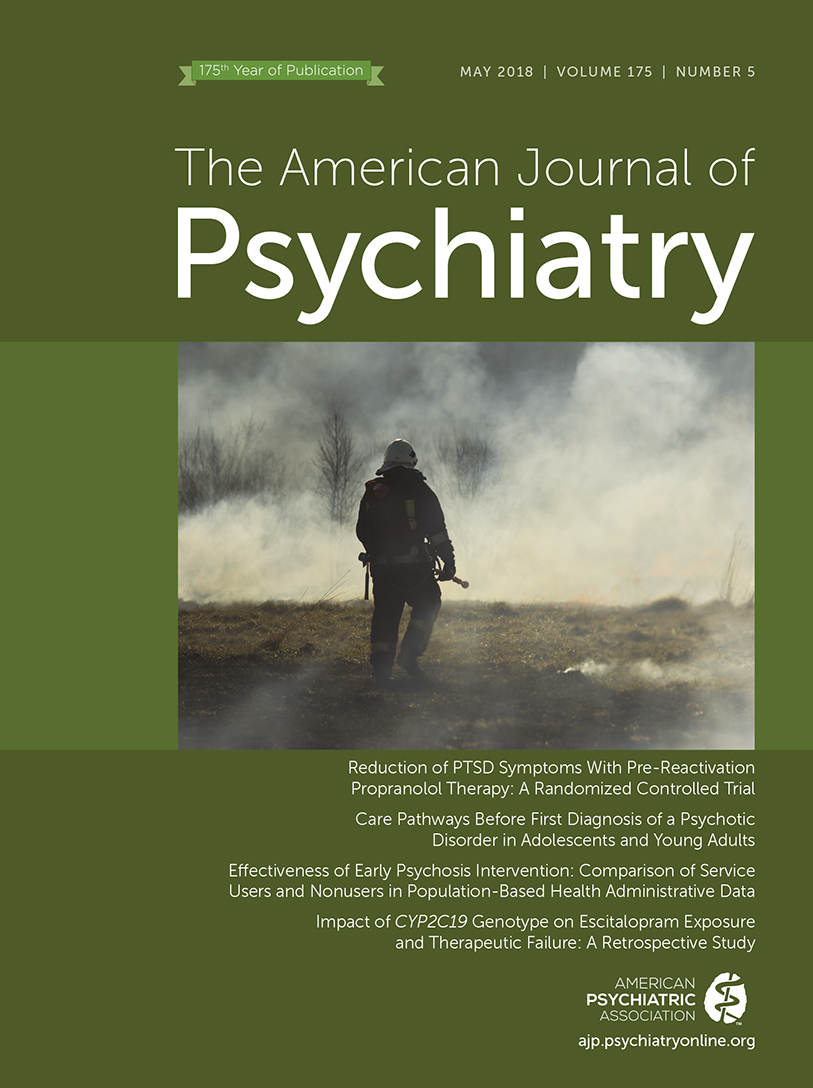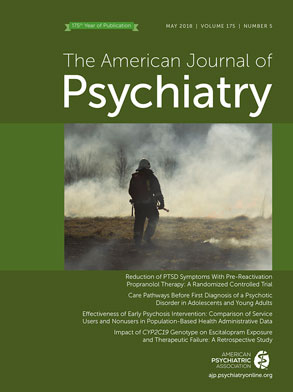To the Editor: We thank Drs. Agnew-Blais and Arseneault for raising points that seem to require clarification in the results of our article reconsidering adult-onset attention deficit hyperactivity disorder (ADHD), based on longitudinal data from the Multimodal Treatment Study of Children with ADHD (MTA). Based on our findings, as well as the findings of recent epidemiological studies, we agree that late-onset ADHD-like symptoms may first emerge after age 12, the age of onset specified in DSM-5. However, our data suggest the need for caution when drawing conclusions about the scope, timing, and cause of this phenomenon.
First, as Drs. Agnew-Blais and Arseneault indicate, the MTA local normative comparison group should not be used to firmly estimate the proportion of adult ADHD cases with a late-onset presentation. The sampling of the local normative comparison group was designed to demographically match the MTA childhood ADHD sample rather than create a representation of the general population. However, the original MTA sample had been deliberately recruited from multiple sources (schools, advertising, self-help organizations, as well as clinics) to promote generalizability, and the full socioeconomic spectrum was spanned. The purpose of our study was to understand what type of correction might be placed on the epidemiological prevalence rates to account for incomplete psychiatric histories in those studies (i.e., long periods of time with unmeasured symptom levels, incomplete childhood ADHD, and adult mental health and substance use histories). Our conclusion was that 53%−83% of cases that initially met symptom, impairment, pervasiveness, and chronicity criteria for late-onset ADHD were eventually excluded from diagnosis when fuller psychiatric histories were considered. Fewer than 1% met the actual criteria for adult-onset ADHD.
Second, it is important to note that the most common “late-onset” presentation in our MTA article was adolescent-onset symptoms that remitted by adulthood. The 3.3% MTA late-onset prevalence rate cited by Agnew-Blais and Arseneault is largely carried by these four cases. Two other adolescent-onset cases were determined to be late-identified, rather than late-onset. We detected only two adult-onset ADHD cases, and both had complex psychiatric histories. These cases represented less than 1% of the local normative comparison group.
Agnew-Blais and Arseneault express concern that the MTA was quick to dismiss cases with comorbidity from late-onset consideration. However, the comorbidity and substance use rule-outs in the MTA were applied very conservatively. As outlined in the data supplement that accompanies the online edition of our article, we conducted detailed case reviews by licensed psychiatrists and psychologists and required evidence that comorbidity or substance abuse was the most likely cause of ADHD symptoms (that symptoms were present only during the comorbidity or substance abuse), as specified by the fifth DSM-5 criterion. In the data supplement, readers can view each individual case’s symptom profile and history to form their own conclusions in this debate.
Our suggested methodological correction would rule out approximately 80% of presumed adult-onset cases in the epidemiological studies. Agnew-Blais and Arseneault refer to Caye et al.’s comparison between the complex and the restricted phenotype paradigm for ADHD. In line with this paradigm (note that the authorship overlaps with our article), we agree that an important next step for the field is determining what symptom etiologies are deserving of an ADHD diagnosis. We must also anticipate the consequences of these decisions, which could include a different label for the symptom and impairment clusters. These questions are particularly relevant to adult ADHD because adults have had longer life histories to acquire biological and environmental experiences (i.e., illness, injury, deprivation, trauma, chemical side effects, stress response) that impair cognitive domains traditionally associated with ADHD (i.e., executive functions, attention, memory). As research progresses in this field, revisiting the adult ADHD diagnostic criteria may be necessary.

